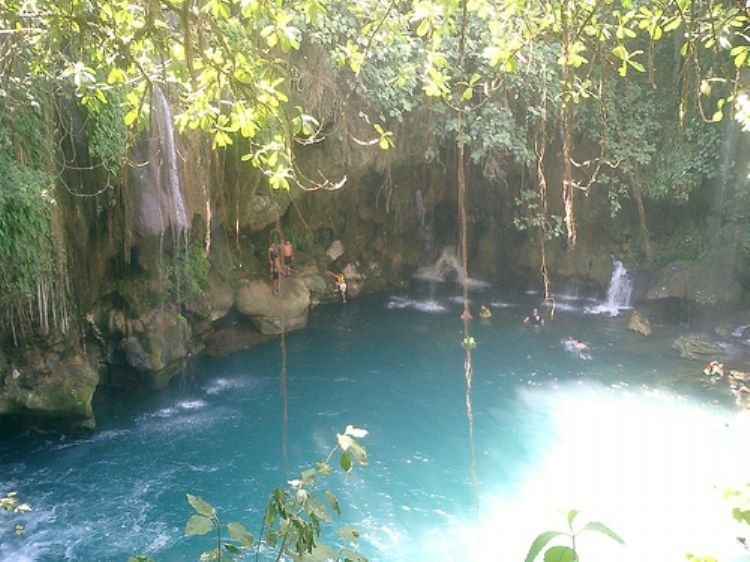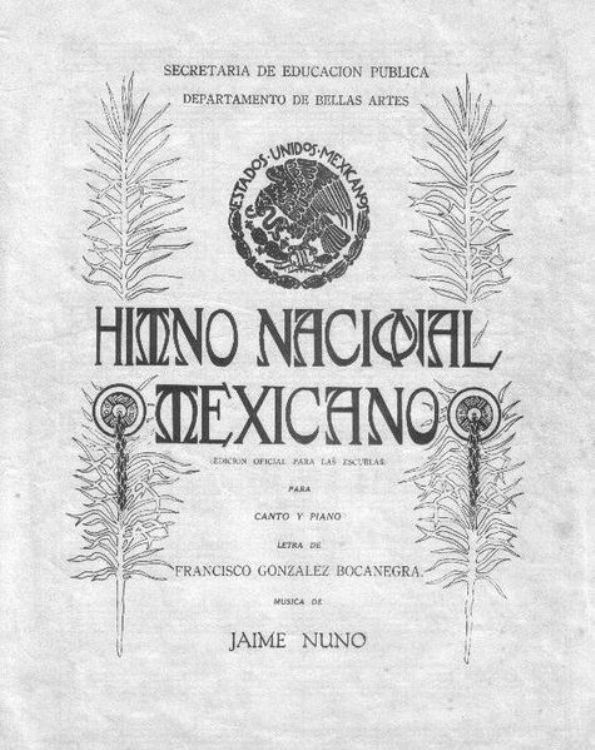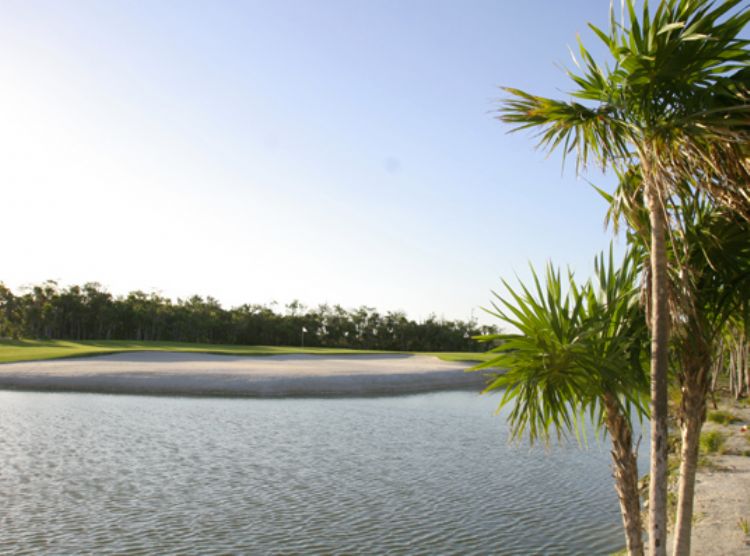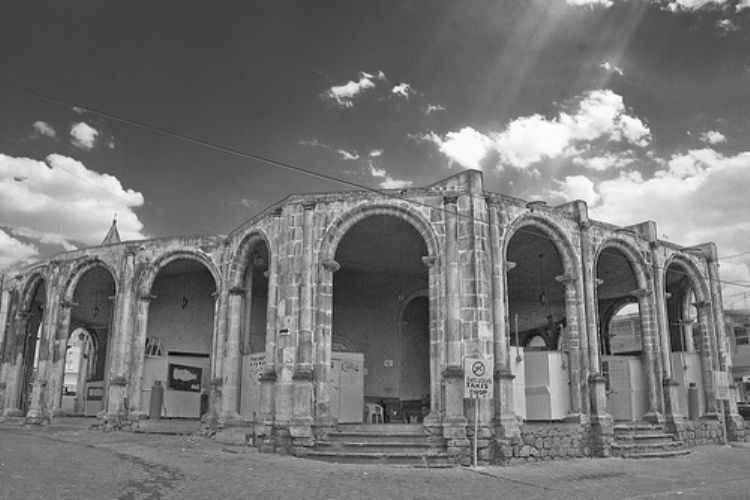La Huasteca Potosina in Mexico

The Huasteca is a region in Mexico that spans over the north of Veracruz, the south of Tamaulipas and parts of the states of Hidalgo, Puebla, Queretaro and San Luis Potosí. The Huasteca Potosina is the area within the state of San Luis Potosi, ranging over various municipalities, including Ciudad Valles, Xilitla, Tamazunchale and Taquin. The name Huasteca makes reference to the place where the Huastecos culture developed.
The great cultural diversity of the Huasteca Potosina is preserved until today, formed by important groups of more than 250,000 dwellers speaking náhuatl, tenek and pame. These groups have their origins in the Maya culture of their past and the Mexica of the High Plateau that attempted to conquer them. One of the extraordinary cultural manifestations originated in the Huasteca Potosina is the huasteco or huapango, music that combines violins, guitars and jaranas.
The Huasteca Potosina is part of the Sierra Madre Oriental and is located in the state of San Luis Potosi. It has a rich jungle ecosystem and an exceptional natural beauty with rivers, chasms and waterfalls; perfect scenarios for adventure tourism. The main sites of interest in the Huasteca Potosina are the Tamul Waterfall, the Bridge of God, the Castle of Sir Edward James, Xilitla and the Cave of Swallows.
The Tamul Waterfall is the highest waterfall in San Luis Potosi, measuring 345 feet in height; it is formed by River Gallinas, with its rapids falling on River Tampaón. In the season when the river has its greatest level, it reaches a width of 985 feet. It is in a canyon located between two high rocky walls covered by hanging gardens, formed by ferns and palm trees. It is accessed by boat but the last part of the trip has to be done by foot. There are two different ranches from where to take the boat ride towards the waterfall and the trip lasts more than an hour.
The Bridge of God was formed by the erosion of water through a mountain, forming a natural bridge. When standing on the bridge, you can observe two water lagoons on each side. Inside the rock that forms the bridge there is an exciting surprise that can only be accessed by swimming. It is a cavern-like formation where sunrays filter through a crack, creating an amazing lighting effect.
Xilitla is a site founded in the mid-XVI century by Augustine missionaries. The convent they built is currently considered the oldest colonial building in San Luis Potosi.
The history of the Sir Edward James Castle tells that this extravagant and wealthy English man, fascinated by the beauty of the Huasteca, bought 40 hectares of an area known as Las Pozas. His original project was to construct a garden of exotic orchid species, which was interrupted by a frost that killed the plants. Then he decided to build a zoo, but didnât achieve this either. Finally, he constructed a series of structures to display the skills of local craftsmen. The result is an oniric labyrinth of structures mixing diverse styles, including gothic and Egyptian. The complex constructions have the elements of traditional architecture but none of its functionality. The stairs donât lead anywhere, the arches are inverted and its architectural freedom doesnât obey any logic.
Artículo Producido por el Equipo Editorial Explorando México.
Copyright Explorando México, Todos los Derechos Reservados.






